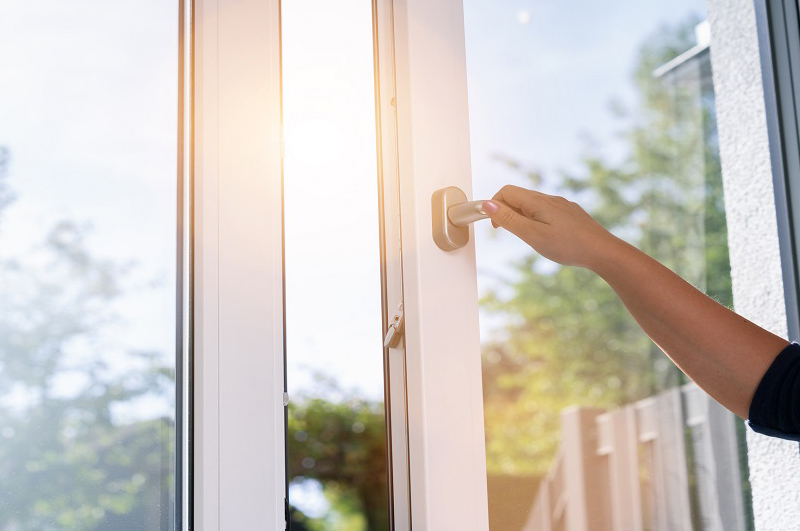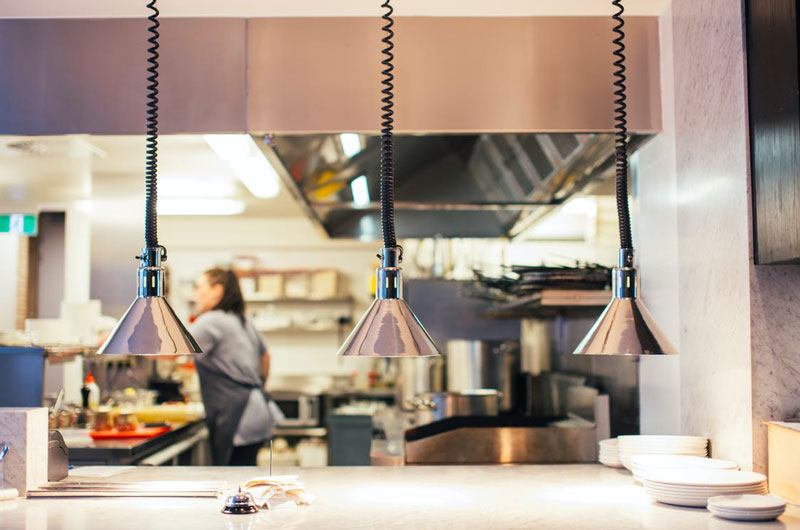Indoor air quality in schools
Indoor air quality in schools has become a necessity included in the RITE regulations for buildings since 2007, accentuating its importance after the COVID-19 pandemic. However, the majority of educational centres are well before this date, so they are exempt from the obligation to have a mechanical ventilation system.

However, they are obliged to have air renewal in the classrooms. And when there are no possibilities to adapt ventilation facilities, air renewal has to be provided by opening windows and doors (natural ventilation).
In many cases, due to environmental and climatic conditions, this natural ventilation is not feasible.
- The centre is located in polluted environments and more polluted air can enter the interior.
- In winter and summer, the outside air could generate discomfort and discomfort for the students and workers of the centre.
The RITE establishes good quality air in classrooms with a supply of 45 m3 /hour per person; and in the case of nursery schools, it establishes optimum quality air with a supply of 72 m3 /hour per person. The renovations are calculated according to the outdoor air flow (which depends on the number of pupils) and the volume of the classroom.
According to AFEC data, in a classroom with 20 students and 1 teacher, the minimum outside air supply must be 945 m3 /hour, calculated as the product of 21 people times 45 m3 /h person. Consequently, assuming a typical classroom with a surface area of 60 m2 and a volume of 200 m3, it will need at least 4.7 air changes per hour (945 m3 /hour ÷ 200 m3).
Benefits of adequate air quality
- Improved school performance
- More comfortable and healthier spaces
- Reduced risk of disease transmission
In addition to natural air renewal systems, it is advisable to install air purification systems, to achieve adequate ventilation levels.
And in Airtècnics we have a wide range of products designed to guarantee the reduction of organic compounds that pollute the air. These devices are as varied as they are effective.
Active technology of purification and active disinfection
Active technologies, unlike filters, consist of air expansion systems through reactions that inactivate, eliminate and inhibit pollutants of different nature, from fungi to bacteria, through volatile organic compounds and harmful gases.
The Nuvohla device in its Lift version is one of the most recommended options for installation in classrooms because it is small, discreet and safe. Installation is as simple as plugging in the device.
As small as a Wi-Fi signal device, it can be installed on a horizontal surface or anchored to a wall.
There is also the K7 device, which uses a catalytic reaction to clean the air passing through the fan on which an ultraviolet light is shining. And this device can be complemented with HEPA filters for absolute filtration, combining active and passive technology.
These devices comply with the exposure limits against chemical agents adopted by the INSS (Spanish safety institution).







